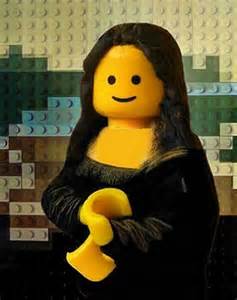Princess Mononoke is written and directed by Hayao Miyazaki. Hayao Miyazaki is one of Japan’s greatest animation directors. Miyazaki’s animated films contains “entertaining plots, compelling characters, and breathtaking animation” according to IMBd’s description, “Hayao Miyazaki.” Miyazaki created many popular animated films like Spirited Away (2001), Howl’s Moving Castle (2004), and Ponyo (2008).
The animated movie made a total of gross of $2.2 million (USA) on December 17, 1999. Princess Mononoke is rated PG-13 and is about 134 minutes long. The film also lands on Animation, Adventure and Fantasy in terms of genre.
Princess Mononoke is about a “confident young warrior” named Ashitaka, who happened to run into a “rampaging boar-god/demon,” while protecting his village, which is when he “is stricken be a deadly curse” according to IMBb’s “Princess Mononoke.” It also mentions that within the story, to save himself from the curse, “he must journey to west” to find a way to get rid of the curse. Once he reached the west, “he’s embroiled in a fierce campaign that humans were waging on the forest.” Ashitaka met an “ambitious Lady Eboshi and her Loyal clan use their guns against the gods of the forest and a brave young woman, Princess Mononoke, who was raised by a wolf god.” Through out the story, Ashitaka tries to make both teams at peace.
I choose this animated film because the big talking animals like the wolf god is what attracted me to watch the film when I was little. From this Youtube clip, you can hear the audio of the wolf god’s voice within different clips from the movie. The curse from Ashitaka also attracted me to watch the film to find out how the main character will find a solution to his problem. Here is another clip from the movie:
From this clip, you can see how the hatred from these groups of people fighting for the forest life somehow makes his curse worse than it already is. How the director made the curse more alive by revealing how the curse kind of looks like when it came out the character’s arm super-naturally makes the audience sympathizes with Ashitaka.
The unique designs of the setting and the characters are very eye attracting. For example, the Forest Spirit:
The Forest Spirit is the most important character in the animated film because it is the reason why Ashitaka has traveled for distances to hopefully let the Forest Spirit to lift his curse. In the film, the Wolf god informed the main character that the Forest Spirit either takes or gives lives to any living thing. In terms of transformation of its appearance, it appears as a deer-like animal during the day and changes into a “Night Walker,” during the night.
During most of the story, Both humans and the animal gods fight against each other for the sake of the forests life during the feudal era somewhere in Japan.
The Wolf God
The Boar God
The Forest Guardians
The characters who were against the gods eventually learned that keeping the forest alive was important but before they have realized it, most people and gods had to die at the end of the film.
Within the film, you can see how detailed the animation was throughout the story and how the plotting of the story was clever and surprisingly unique. My reaction to this film was that it made me want to watch it over and over again because it was a unique way to influence people to take care of the environment spiritually.
Lady Eboshi was voiced by Minnie Driver, which she has done it beautifully. Minnie Driver also acted in film like Come Back To Me and The Phantom of the Opera. The way she voiced Lady Eboshi in the film was great and her voice played the character perfectly. The way she had done the “evil laugh” through out the film was very believable.
In terms of the music withing the film, Hisaishi has done most of it for the animated film. In Soundtrack.net’s “Princess Mononoke,” here is a description of Hishaish’s work from the Website:
“Hisaishi’s score is a fusion of ethnic instruments, orchestra, and vocals and represents multiple emotions in its many cues. In 1999, Milan Records released a second album containing symphonic suites from Hisashi’s music performed by the Chech Philharmonic Orchestra. The score is broken up into concert suites and allows the orchestrations to be filled out without the hindrance of film editing and make for a wonderful listen for fans of the original score.”
without the hindrance of film editing and make for a wonderful listen for fans of the original score.”
Here is where you go for the list of songs from the film:http://www.soundtrack.net/album/princess-mononoke/
Work Cited
“Princess Mononoke.” IMBb. Web. 2013. <www.imdb.com/tittle/tt0119698>
“Hayao Miyazaki.” IMBd. Web. 2015. <www.imbd.com/name/nm0594503/?ref_=tt_ov_dr>
“Princess Mononoke Soundtrack.” Soundtrack.net. Web. 2015. <www.soundtrack.net/album/princess-mononoke/>

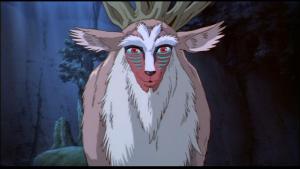







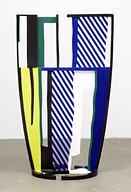

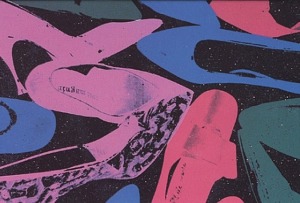


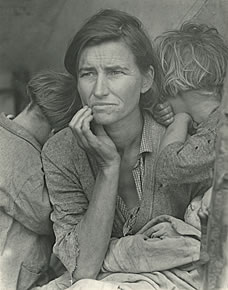

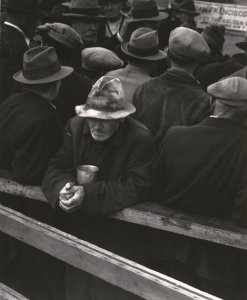
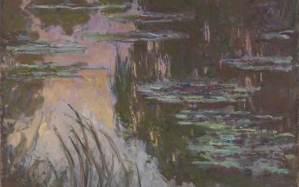
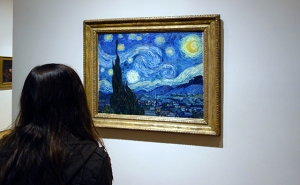

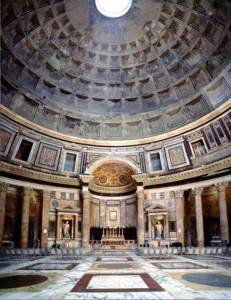
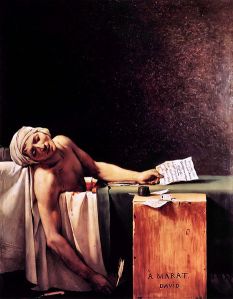
![Johannes_Vermeer_1632-1675_-_The_Girl_With_The_Pearl_Earring_1665[1]](https://cathydmc2.files.wordpress.com/2015/02/johannes_vermeer_1632-1675_-_the_girl_with_the_pearl_earring_16651.jpg?w=210&h=300)


![0452284937_0[1]](https://cathydmc2.files.wordpress.com/2015/02/0452284937_01.jpg?w=660)
